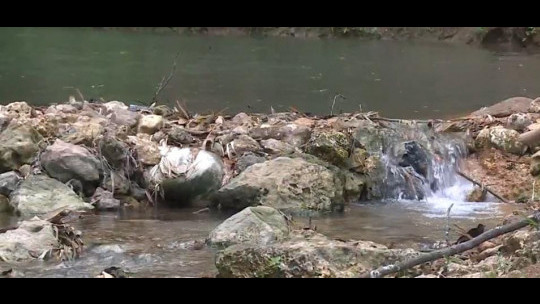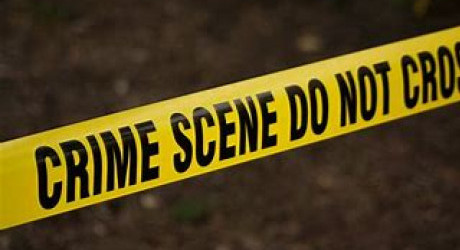.png)
00:00
00:00
00:00
A report from Racquel Porter
Director of Public Prosecutions Paula Llewellyn says her office stands firm on its position that the evidentiary material available in the pollution case brought by the National Environment and Planning Agency (NEPA) against Wisynco fell short of the required legal threshold.
The DPP had said that no samples were taken from Wisynco and from the site where the fluid was seen leaking into the Rio Cobre from the company's pipeline.
This has been conceded by NEPA with the explanation that the pipeline was very high off the ground and the area below was inaccessible.
The agency is holding a press conference on Thursday to clarify information on the case.
The statement Thursday from the Director of Public Prosecutions follows NEPA Chief Executive Officer Leonard Francis indicating on Beyond the Headlines on Wednesday that the agency believed sufficient samples were collected from the Rio Cobre which could have been used as circumstantial
evidence in the case.
But Ms. Llewellyn said, as was outlined to Mr. Francis and his team at a meeting on Tuesday to discuss the outcome of the case, there was insufficient evidentiary material to mount a viable case.
She continued that having heard Mr. Francis' comments to the media, further clarity can be provided with the release of the evidence given by the investigating NEPA environmental officer while on the cross examination in the St. Catherine Parish Court on October 28, 2024.
It was pointed out that the officer holds a degree in marine biology and has also done courses in freshwater biology and pollution biology.
During the hearing, the NEPA officer admitted that it was standard practice to take water samples at the location of an alleged polluter, which was not done.
The officer further admitted that no water samples were taken at or near Wisynco.
When questioned about the lack of samples taken from dead fish on the riverbank, the witness did not provide a response.








 All feeds
All feeds







